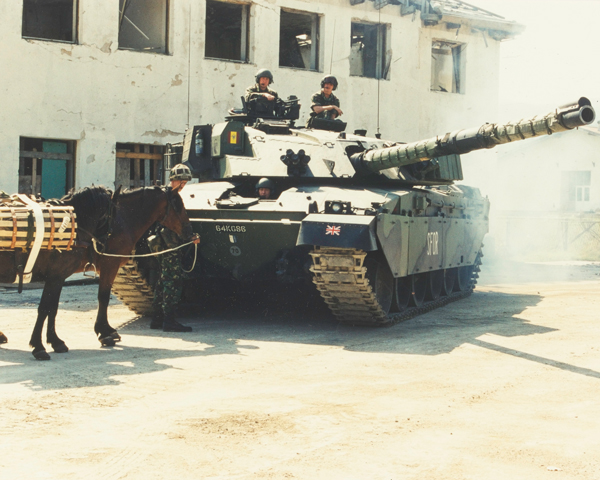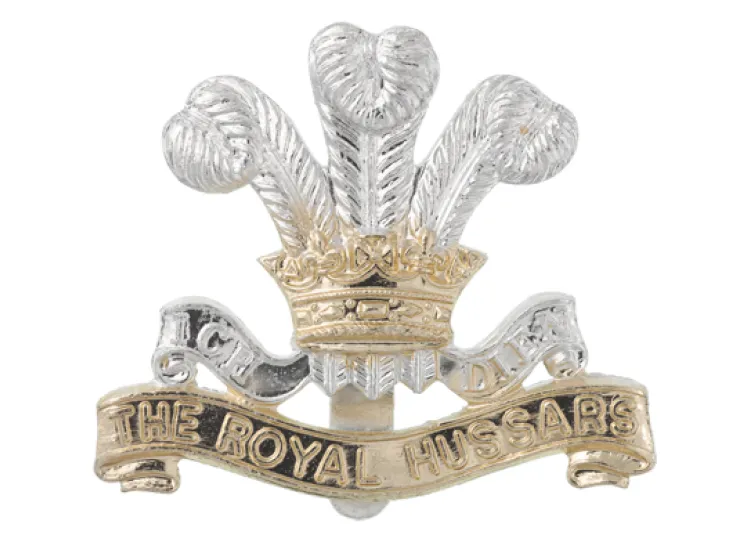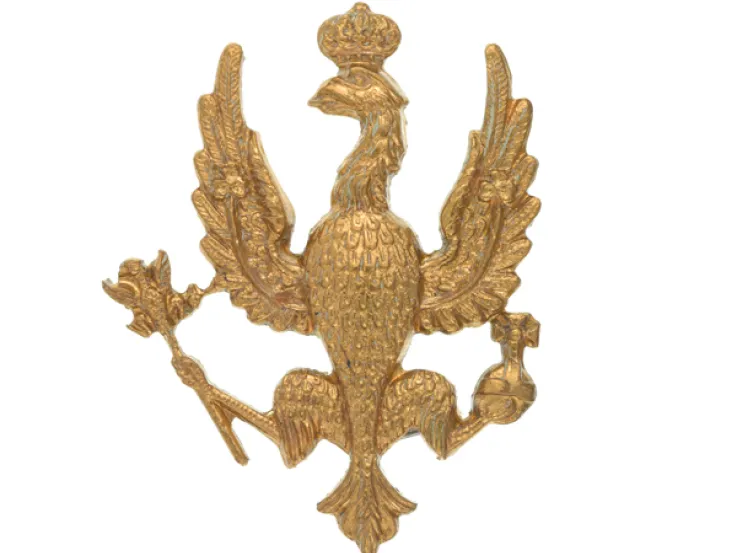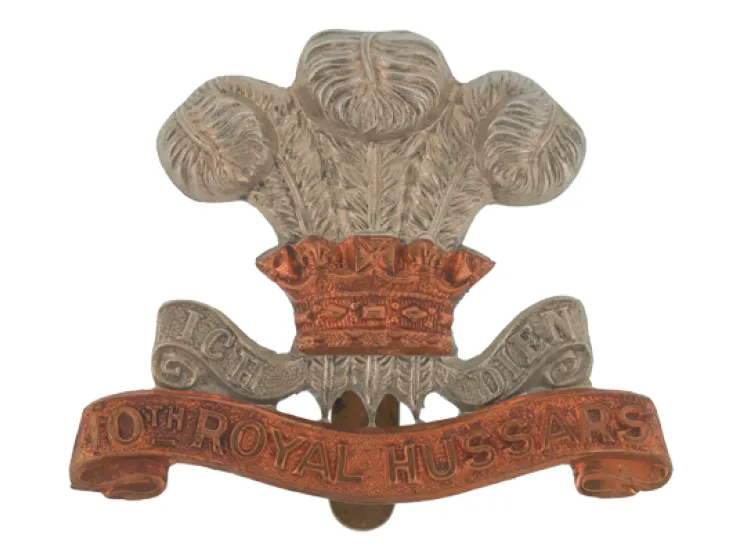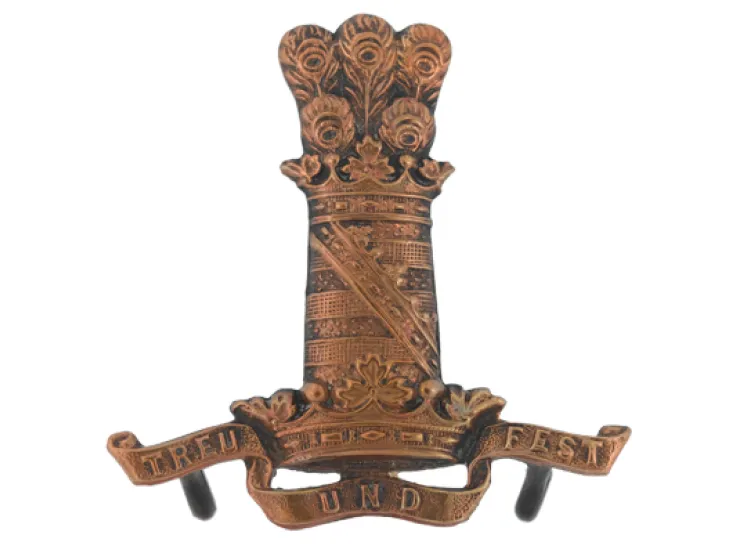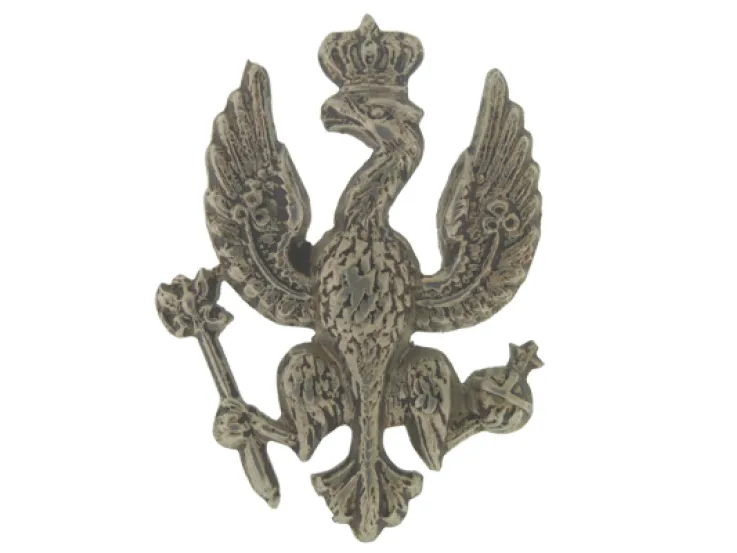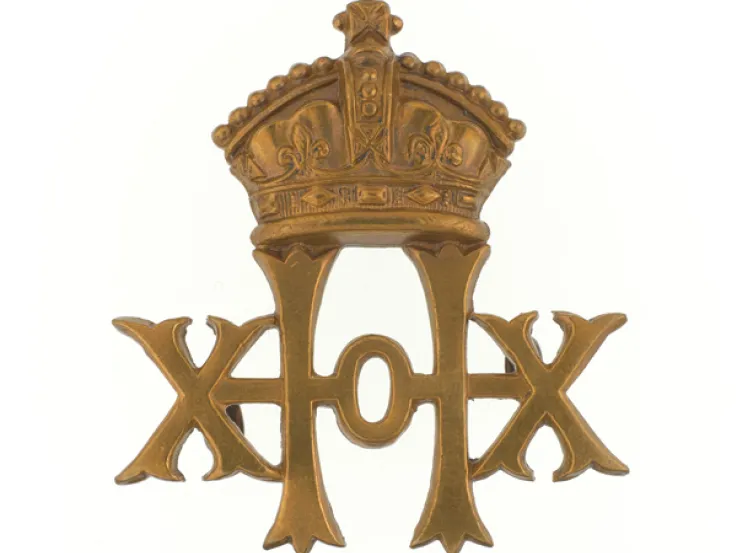Origins
The regiment was formed in December 1992 by merging The Royal Hussars (Prince of Wales’s Own) and the 14th/20th King’s Hussars. These were successors to cavalry regiments with long and distinguished histories - the 10th, 11th, 14th and 20th Hussars - each of which is now represented by a single squadron in the King’s Royal Hussars.
Unusually, the regiment's senior squadron is not ‘A’ Squadron, but ‘C’ Squadron, which represents the 11th Hussars. This continues the tradition of the 11th Hussars’ ‘C’ Squadron parading to the right of the line in honour of their bravery in Egypt in 1800. ‘D’ Squadron represents the 10th Hussars, ‘A’ Squadron perpetuates the 20th Hussars and ‘B’ Squadron continues the traditions of the 14th Hussars.
Deployments
Part of the Royal Armoured Corps, the regiment was based at Munster in Germany from its inception until 2000. During this time, it sent troops on a six-month deployment to Northern Ireland in 1994, and all but one of its squadrons to Bosnia in 1996.
While in Bosnia, members of the King's Royal Hussars patrolled on horseback as well as in Challenger tanks. The regiment returned to Bosnia again in 1997. It then arrived in Kosovo in 1999.
Recent years
The regiment has been based at Tidworth in England since 2000. It sent squadrons back to Northern Ireland in 2002, served in Iraq (2003-11) in 2005 and 2007, and sent detachments to Afghanistan (2001-14) in 2009 and 2012.
In May 2010, one of its squadrons was the first ever cavalry unit to provide the Falkland Islands protection force. And, in 2016, members of the regiment assisted the Environment Agency in dealing with severe flooding.
Today, it is equipped with the Challenger 2 main battle tank and the Scimitar reconnaissance vehicle.
Regimental museums
The National Army Museum works with a network of Regimental and Corps Museums across the UK to help preserve and share the history and traditions of the Army and its soldiers.
Discover more about The King's Royal Hussars by visiting HorsePower Museum in Winchester



